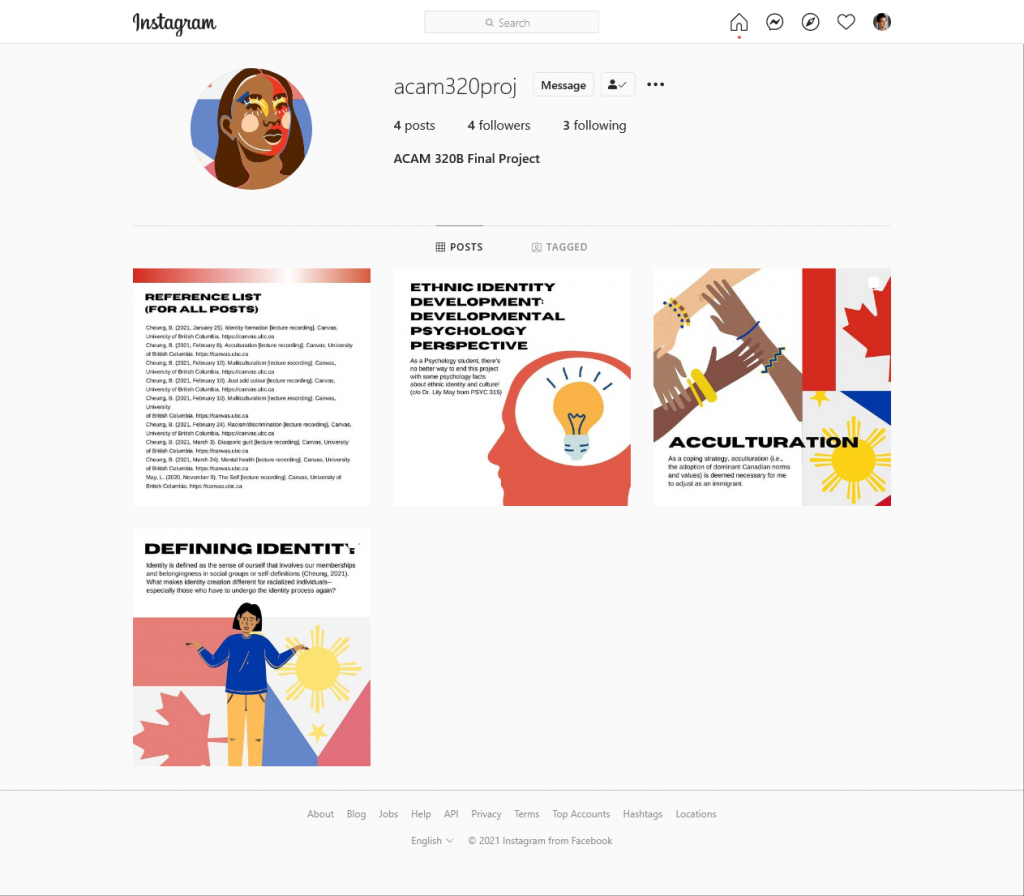Being queer and Asian is “a very powerful identity.”
Creator:
Clover Lee (she/they)
Mainstream discussions around diversity and representation often revolve around culture/race/ethnicity; but it’s obvious that an intersectional approach is needed to better address and understand people’s experiences. What happens when race and queerness intersect? What kinds of experiences do they have that might be different from those who aren’t queer? In Clover’s paper, she explores the experiences of queer Asians in Vancouver to illustrate the power of such an intersectional identity, and also the challenges of embodying this intersectional identity while navigating an LGBTQIA+ space that is very White-centric, as well as domestic spaces that are very heteronormative. While it is challenging to have to navigate these spaces and deal with discrimination in multiple forms in numerous spaces, the people featured in Clover’s paper are resolute in their pride for their identity.

